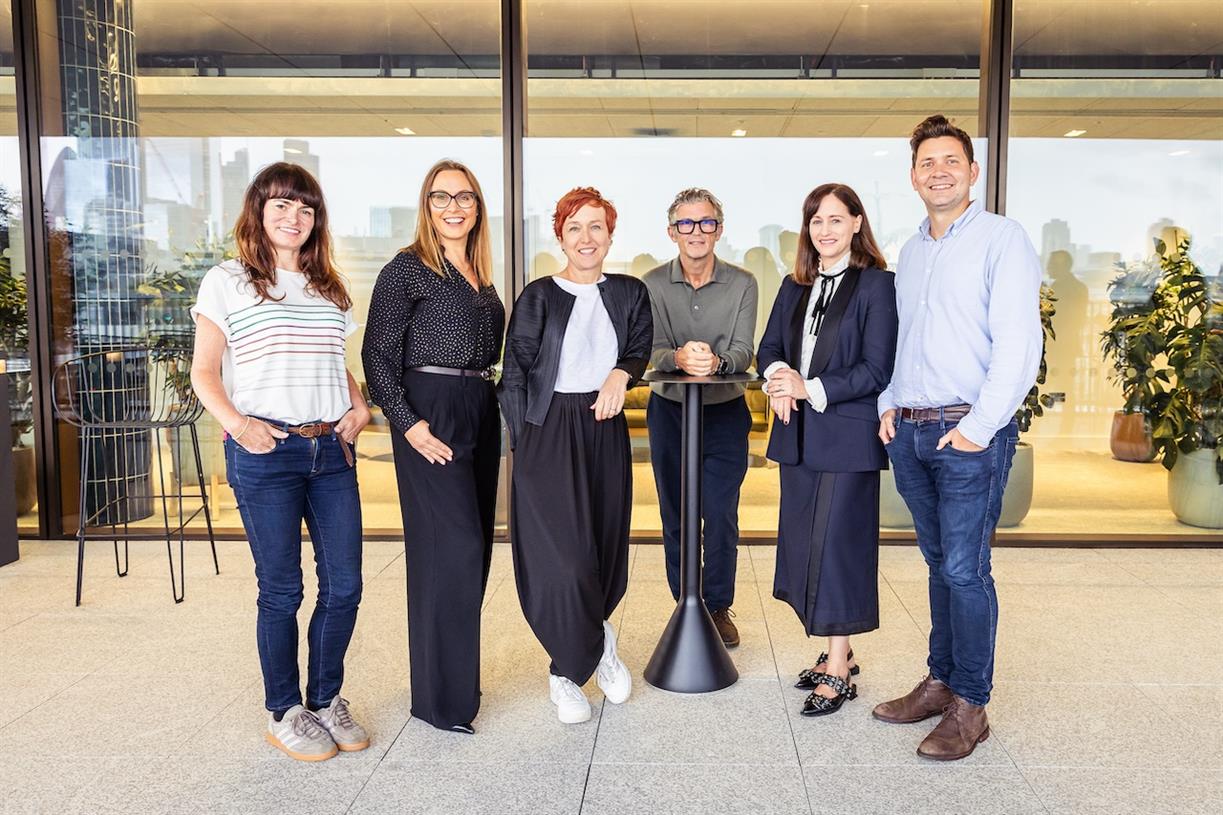How To Count Your Carbon Footprint (Without Driving Yourself Crazy)
"By viewing the world in carbon, you’re contemplating how your actions contribute to the planet we inhabit."


Our editors have independently chosen the products listed on this page. If you purchase something mentioned in this article, we may earn a small commission.
April 14, 2022 — 12:05 PM
When was the last time you had a change moment—an "aha" realization that set you down a new path? This April, in honor of Earth Month, mindbodygreen is hoping to inspire these moments through thoughtful storytelling about our planet. Welcome to The Change Moment, where you'll find personal stories, expert-backed tips, and thoughtful primers that will change the way you think about what sustainability really means and how to put it into practice.
A year ago, I had an “aha” moment in an unlikely place: an alfalfa field in Nevada.
I’d been working for an ecological non-profit to restore plant communities in a lake region. On this particular day, as I was planting a silver sagebrush plant, I watched 10 diesel trucks owned by the company I worked for drive past. To get to where I was standing, I remembered, I’d also driven an hour and a half into the middle of the desert in a truck. And the plant in my hand had been grown in a greenhouse that operated 24/7 and was powered by fossil fuels. Hundreds of gallons of water from the rivers that feed Walker Lake—the same lake we were trying to save—would have to be delivered to it to improve its survivability in the desert.
In that instant, I immediately questioned the overall impact I was having. I’d learned about the value of restoration work as an environmental studies major in college, but none of my professors ever told me the amount of energy, labor, and natural resources it takes to restore damaged lands.
I fully support conservation and know that it’s critical to our planet, but when you’re working in the field for 10 hours a day on a planting project that may or may not survive, you can’t help but wonder if there is a better way to make a positive difference. I knew the work I was doing had good intentions, but was it truly outweighing my overall footprint?
This question haunted me, and I decided I needed to devote my life to helping others understand the true impact of their good intentions.
This experience inspired me to view the world in carbon.
Following that day in the field, I wanted to learn how many greenhouse gasses were produced from the activities I did and the items I bought.
By viewing the world in carbon, you’re contemplating how your actions contribute to the planet we inhabit.
Examining my carbon impact turned out to be even more important than I'd initially thought. Oceans rising, increased fire frequency, famines, droughts, monster storms, natural resource depletion, ocean acidification, and more can all be traced back to the anthropogenic greenhouse gas effect (also known as human-induced climate change). So by viewing the world in carbon, you're questioning how you're impacting world hunger and famine. By viewing the world in carbon, you’re considering the detrimental impact ocean acidification has on biodiversity. By viewing the world in carbon, you’re contemplating how your actions contribute to the planet we inhabit.
Naturally, companies have far greater carbon footprints than most individual people. So in order to truly understand your impact, you need to understand the impact of the brands you purchase from. In my current role as a Sustainability Manager for the climate tech startup Green Places, I conduct greenhouse gas inventory assessments to help clients implement and execute carbon reduction projects, reducing their footprints in the process.
Living sustainably is challenging, but the biggest takeaway from my time so far as a carbon accountant is the importance of education, tiny acts, and staying hopeful.
What working with carbon has taught me about sustainable living.
You can’t manage what you don’t measure, and I believe that the first step to becoming more sustainable is educating yourself on your true carbon impact. This means taking a deep dive into what foods you buy, how many packages you order weekly, how you commute to work, and more. Every small action matters and needs to be accounted for. Tools like the Berkeley CoolClimate calculator make it easy to get a sense of your footprint and where it comes from.
Once you understand your footprint, you can take tiny acts to reduce it. Through my work, I’ve seen how tiny acts for the climate can lead to huge emission savings.
One example of this is tackling what's known as "vampire loads"—electricity consumed by an electronic device while it is turned off or on standby mode but remains plugged in. Vampire power is a constant drain on people’s wallets as well as the electrical grid, accounting for an estimated five to 10% of electricity use in residential homes and 1% of the world’s carbon dioxide emissions.
Other small but meaningful ways to reduce your carbon footprint and overall impact include:
The goal is to have these tiny acts turn into sustainable habits, which, collectively, can have a big impact. In fact, Green Places recently launched a campaign to promote Tiny Climate Acts, or small acts that you do to care for the planet. For every Tiny Climate Act logged, we’re planting one tree, up to 2,022 trees, for Earth Day 2022.
A year ago, I was sitting in an alfalfa field questioning my environmental impact on the verge of an existential crisis. Now, I'm counting carbon to get a better handle on the complex, multifaceted crisis that is climate change. Carbon accounting has allowed me to attribute every action and product with a number, similar to calorie counting. And for me, approaching climate change through the lens of carbon has made the problem much more digestible.

 AbJimroe
AbJimroe 
































